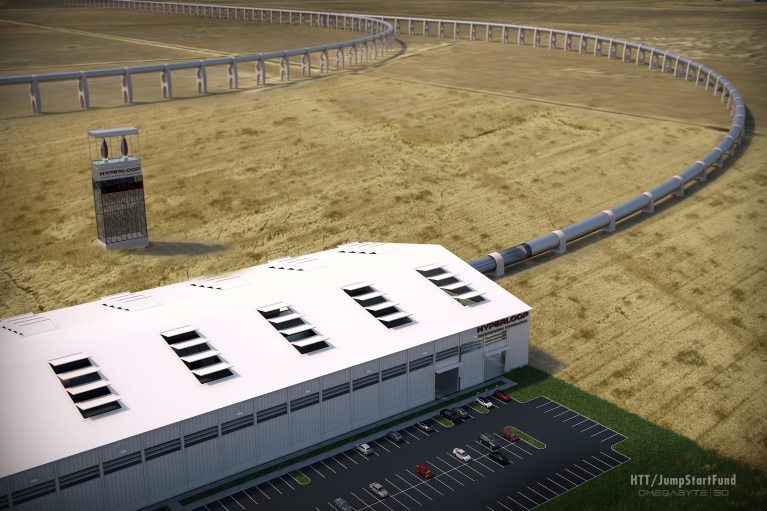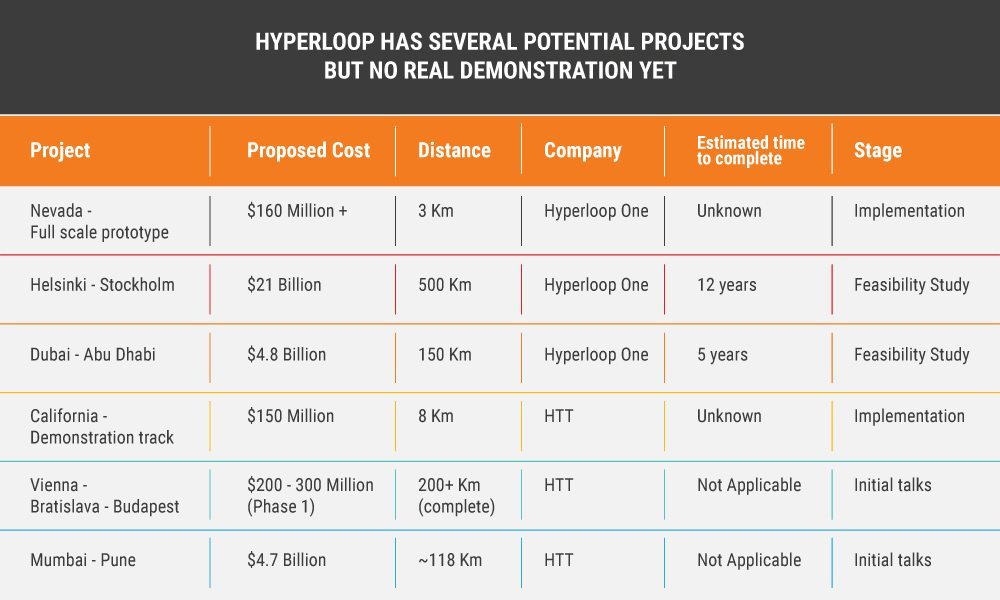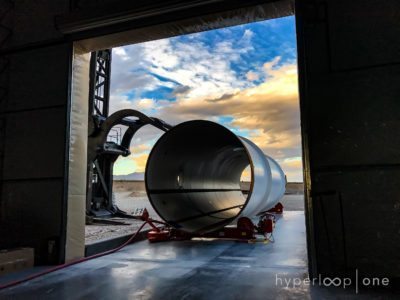Bibop Gresta, chairman and ‘Chief Bibop Officer’ of Hyperloop Transportation Technologies (HTT), created a flutter last week when he announced that Hyperloop trials would soon begin in India. “This can be the greatest opportunity or the biggest disaster. Only history will tell,” he said. Since we’ve read enough about the “greatest opportunity” part of it in the last few days, let’s take a look at how the chips fall on the “biggest disaster” side of things.

For the record, Hyperloop technology deserves every bit of the adulatory optimism it generates. Global transportation is ripe for disruption: Our cities are struggling to get bigger, we expend an inordinate amount of energy travelling and expel earth-killing poison in the process. In Hyperloop, we see a solution to nearly all these problems.
But the question we are trying to answer is this: Is Hyperloop good for India right now?
Speed and cost
First, let’s lay out the economics: $40 mm. That’s the cost-per-kilometre for building the Hyperloop network as quoted by Gresta. At the very least, it’s broadly consistent with globally quoted numbers. This means that the cost of the proposed Mumbai-Pune project (118km) would be $4.7 billion.

Already, Gresta’s “just put $1 billion on Hyperloop” approach stands invalidated and we are yet to tag on land acquisition costs which have been conveniently left out. It is as high as 15% of infrastructure project costs.
Adding that, we have a $5.5 billion project to be built over 5-10 years to cover a distance of just over 100 kilometres.
To put that in perspective, the Indian government plans to invest $142 billion in the Indian Railways (with a track length of more than 100,000 kms) over the next five years.
Now, an argument could be made that Hyperloop travel is bringing unparalleled ground transport speed. Let’s probe those numbers a little bit.
We have a $5.5 billion project to be built over 5-10 years to cover a distance of just over 100 kilometres
Hyperloop transport claims speeds of 1,200 kmph. But, these are empty capsule speeds. At higher speeds, Hyperloop subjects its passengers to severe g-forces, especially as it takes corners and moves up elevations. A 1,200 kmph ride in a ground transit system is likely to be extremely uncomfortable to say the least.
This is perhaps the reason why HTT’s first test track, when operational, will carry passengers at 260 kmph. So, clearly we have some way to go achieve higher passenger speeds.
At this point, Hyperloop becomes comparable to high-speed train systems with proven implementations worldwide.
Larger concerns abound
It is important to recognise the fact that Hyperloop is a fundamentally new way of enabling travel. Its design hasn’t met the real world. It’s a solution in its infancy. When such an unproven approach meets a large infrastructure project, costs are bound to escalate, surely.
There is also the question of whether Hyperloop can scale in line with India’s urbanisation and transportation strategy (if such a strategy even exists). Today, Hyperloop travel is restricted to relatively flat and obstruction-less terrains. The air-cushion based travel cannot negotiate steep changes in elevation or high speed turns without causing severe discomfort. This is bad news given the gnarly terrain in many parts of our country.

Finally, we come to the trillion dollar question: Safety.
Given that Hyperloop has never been seen in action, there are numerous safety questions with no real answers yet. What happens when a capsule stalls in the tube and loses air pressure eventually? What if there’s a crash that sends a shockwave through the entire transit tube — impacting other trains? If there is a crash, how would emergency teams respond when access is closed?
The point is that hyperloop travel is unproven. There is a very legitimate argument that it should begin with high-speed cargo transit and then move on to passenger travel
The point is that hyperloop travel is unproven. There is a very legitimate argument that it should begin with high-speed cargo transit. Then, as we learn and perfect the technology, we move on to passenger travel.
The two Hyperloop startups (Hyperloop One and HTT) have been in a race to raise funds and have been quite active in making claims about the interest of global governments (sometimes not rooted in facts).
It is, however, in the best interest of India to deploy its capital efficiently and not get sucked into expensive experiments whose outcome the world is unsure of. When it comes to Hyperloop, it would be better to wait and watch.
Subscribe to FactorDaily
Our daily brief keeps thousands of readers ahead of the curve. More signals, less noise.
To get more stories like this on email, click here and subscribe to our daily brief.
Disclosure: FactorDaily is owned by SourceCode Media, which counts Accel Partners, Blume Ventures and Vijay Shekhar Sharma among its investors. Accel Partners is an early investor in Flipkart. Vijay Shekhar Sharma is the founder of Paytm. None of FactorDaily’s investors have any influence on its reporting about India’s technology and startup ecosystem.








